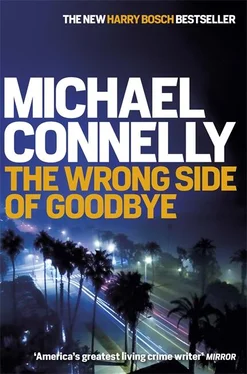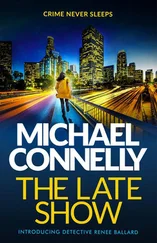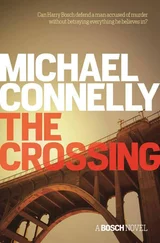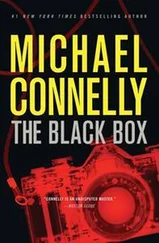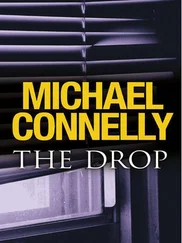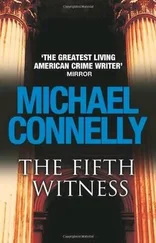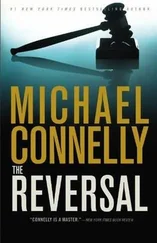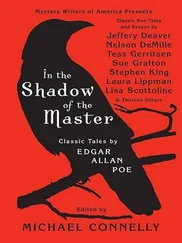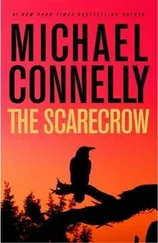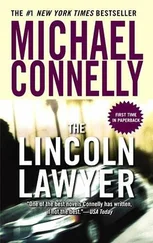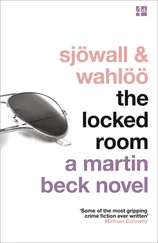He studied every person on the train as it left Union Station and headed into Little Tokyo. At the first stop, he exited the train but then paused next to the sliding door. He checked every other commuter who got off, and none seemed suspicious. He stepped back onto the train to see if any of them did the same, waited until the bell warned that the doors were closing, and jumped off at the last moment.
No one followed.
He walked two blocks down Alameda and then cut in toward the river. The address he had for Vibiana Veracruz put her studio on Hewitt near Traction in the heart of the Arts District. Circling back to Hewitt, he repeatedly stopped and checked his surroundings. Along the way he passed several old commercial structures that were restored or in the process of being restored for use as loft homes.
The Arts District was more than a neighborhood. It was a movement. Beginning almost forty years earlier, artists of all disciplines started to take over millions of square feet of empty space in the abandoned factories and fruit-shipping warehouses that had thrived in the area before World War II. Paying pennies per foot for massive live-work spaces, some of the city’s most notable artists thrived here. It seemed appropriate that the movement was anchored in an area where in the early 1900s artists had vied to design the colorful images that graced the crates and boxes of fruit shipped across the country, popularizing a recognizable California style that said life was good on the West Coast. It was one of the small things that helped inspire the wave of westward movement that now made California the most populous state in the union.
The Arts District now faced many of the issues that came with success, namely the swift spread of gentrification. In the past decade the area started drawing big developers interested in big profits. The cost of a square foot of space was no longer measured in pennies but in dollars. Many of the new tenants were upscale professionals who worked in downtown or Hollywood and wouldn’t know the difference between a stippling and a stencil brush. Many of the restaurants went upscale and had celebrity chefs and valet parking that cost more than a whole meal in the old corner cafés where artists once congregated. The idea of the district being a haven for the starving artist was becoming more and more unfounded.
As a young patrol officer in the early ’70s Bosch had been assigned to Newton Division, which included what was then called the Warehouse District. He remembered the area as a barren wasteland of empty buildings, homeless encampments, and street crime. He had transferred to Hollywood Division before the arts renaissance had begun. Now as he walked through, he marveled at the changes. There was a difference between a mural and a piece of graffiti. Both were arguably works of art, but the murals in the Arts District were beautiful and showed care and vision similar to those he had seen a few days earlier down in Chicano Park.
He passed by The American, a building more than a hundred years old that originally served as a hotel for black entertainers during segregation and later was ground zero for both the arts movement and the burgeoning punk rock scene in the 1970s.
Vibiana Veracruz lived and worked across the street in a building that had once been a cardboard plant. It was where many of the waxed fruit boxes with labels that served as California’s calling cards were produced. It was four stories tall with brick cladding and steel-framed warehouse windows still intact. There was a brass plaque next to the entrance that stated its history and the year of its construction: 1908.
There was no security or lock on the entrance. Bosch entered a small tiled lobby and checked a board that listed artists and their loft numbers. Bosch found the name Veracruz next to 4-D. He also saw on a community bulletin board several notices about tenant and neighborhood meetings regarding issues like rent stabilization and protesting building-permit applications at city hall. There were sign-up lists and he saw the name Vib scrawled on all of these. There was also a flyer for a showing of a documentary film called Young Turks on Friday evening in loft 4-D. The flyer said the film was about the founding of the Arts District in the 1970s. “See this place before the greed!” the flyer trumpeted. It appeared to Bosch that Vibiana Veracruz had inherited some of the community activism that had charged her mother’s life.
With his legs still feeling the pain of his run up the slope two nights before, Bosch didn’t want to walk up three flights of stairs. He found a freight elevator with a pull-down door and rode to the fourth floor at a turtle’s pace. The elevator was the size of his living room and he felt self-conscious about riding up alone and wasting what must have been an enormous amount of energy to move the platform. It was obviously a design element left over from the building’s early incarnation as a cardboard factory.
The top floor was quartered into four live-work lofts accessible off an industrial gray lobby. The lower half of the door to 4-D was plastered with cartoon stickers obviously placed haphazardly by a small person — Vibiana’s son, Harry assumed. Above this was a card with posted hours when Vibiana Veracruz would receive patrons and viewers of her art. On Wednesdays those hours were from 11 a.m. to 2 p.m. and that put Bosch fifteen minutes early. He considered just knocking on the door, since he was not there with the purpose of seeing her art. But he was also hopeful that he could somehow take a measure of the woman before he decided how to tell her she might be heir to a fortune with more zeroes attached to it than she could imagine.
While he was deciding what to do he heard someone coming up the stairs next to the elevator shaft. A woman soon appeared, carrying a frozen coffee drink in one hand and a key in the other. She wore overalls and had a breathing mask down around her neck. She looked surprised to see a man waiting at her door.
“Hi,” she said.
“Hi,” Bosch said.
“Can I help you?”
“Uh, are you Vibiana Veracruz?”
He knew it was her. There was a clear resemblance to Gabriela in the Coronado Beach photos. But he pointed at the door to 4-D as if he had to back up his presence with the posted hours.
“I am,” she said.
“Well, I’m early,” he said. “I didn’t know your hours. I was hoping to look at some of your work.”
“That’s okay. You’re close enough. I can show you around. What’s your name?”
“Harry Bosch.”
She looked like she recognized the name and Bosch wondered if her mother had found a way to contact her after promising she wouldn’t attempt to.
“That’s a famous artist’s name,” she said. “Hieronymus Bosch.”
Bosch suddenly realized his mistake.
“I know,” he said. “Fifteenth century. It’s actually my full name.” She used a key to unlock her door. She looked back at him over her shoulder.
“You’re kidding, right?”
“No.”
“You had some strange parents.”
She opened the door.
“Come on in,” she said. “I only have a few pieces here at the moment. There’s a gallery over on Violet that has a couple more and then there are a couple out at Bergamot Station. How did you hear about me?”
Bosch hadn’t prepared a story, but he knew Bergamot Station was a conglomeration of galleries housed in an old rail station in Santa Monica. He had never been there but quickly adopted it as a cover.
“Uh, I saw your pieces at Bergamot,” he said. “I had some business downtown this morning and thought I would see what else you have.”
“Cool,” Veracruz said. “Well, I’m Vib.”
She reached out a hand and they shook. Her hand was rough and callused.
Читать дальше
